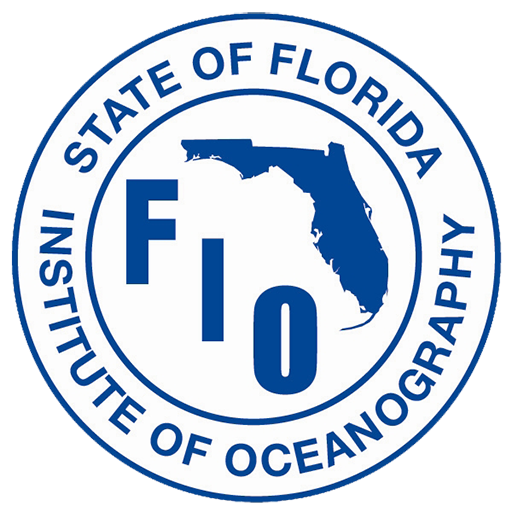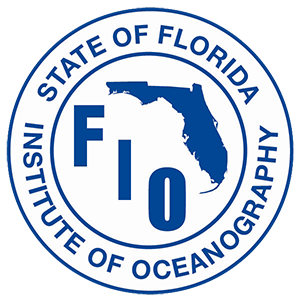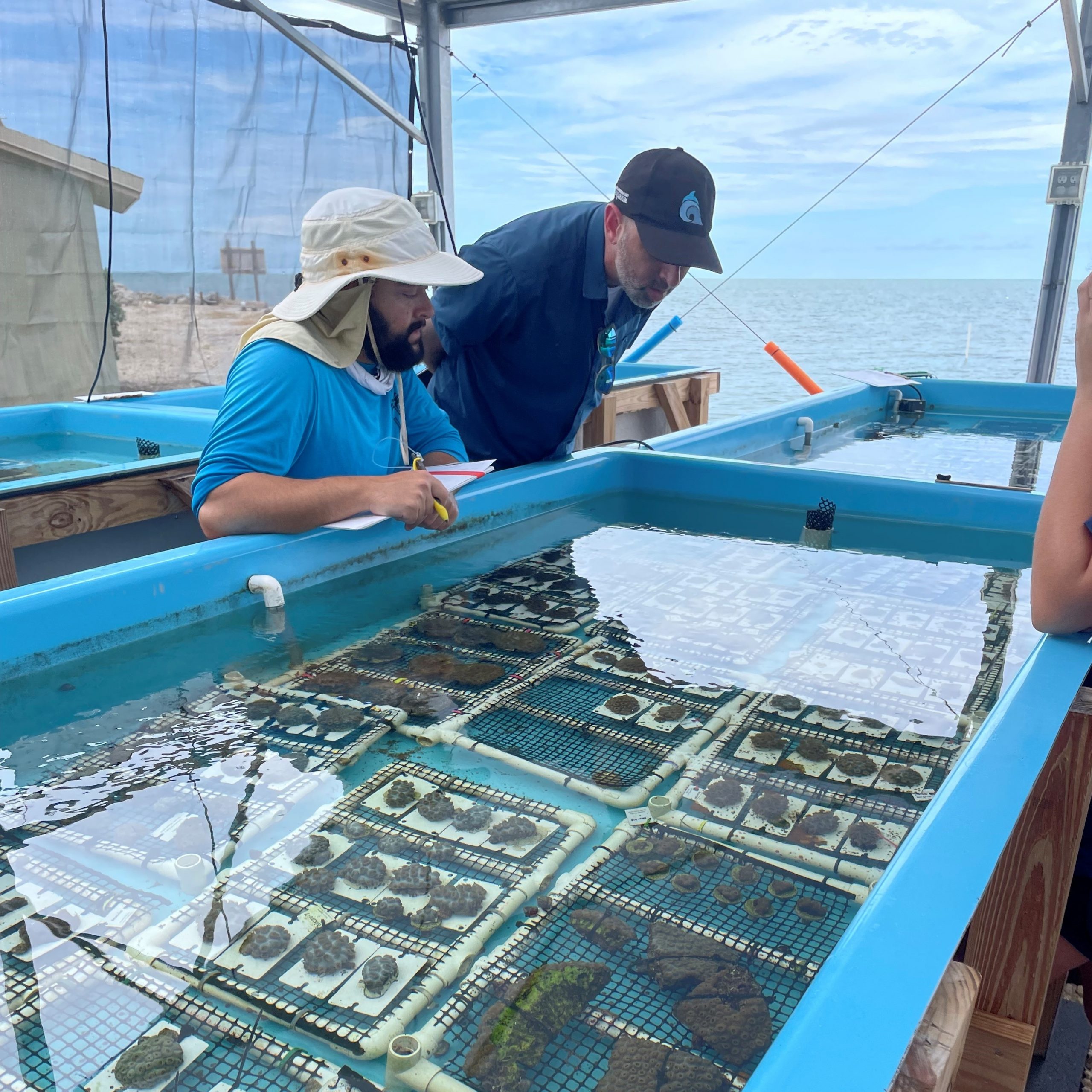By Matthew Cimitile, USF University Communications and Marketing
After housing more than 5,000 rescued corals for three months due to unprecedented water temperatures that caused a massive coral bleaching event off the coast of Florida, the Florida Institute of Oceanography’s (FIO) Keys Marine Laboratory (KML) is now ready to return corals to the sea. FIO is hosted by the University of South Florida.
In recent days, water temperatures have cooled to normal levels to allow for the safe relocation of corals housed in the on-land seawater systems at KML. The health of these coral specimens have been assessed and cleared for return by coral health veterinarians.

KML biological scientists, in partnership with restoration practitioners across the Keys, will now start moving these corals back to their ocean nurseries, a process that will take several weeks or even months. Coral nurseries are like floating Christmas tree farms that allow corals to grow under the care of researchers.
Ultimately from there, these corals will be reattached to grow on natural reefs using epoxy, cement, zip ties and nails.
“The corals housed at KML came from nurseries where they were growing out in the ocean. Unfortunately, many of the corals that could not be relocated to land-based facilities and remained in the ocean died from the hot waters,” said KML Director Cynthia Lewis. “Conditions are now right for corals to return to nurseries to grow and one day be reattached, thus restoring the reef one coral at a time.”

KML maintains one of the largest temperature-controlled seawater systems in the Florida Keys, allowing for the study of corals and other marine organisms as well as offering a refuge for thermally-stressed corals to recover and grow. With 60 tanks ranging from 40 to 1,000 gallons, the lab played a vital part in rescuing and protecting thousands of corals, including several endangered and rare species, during one of the worst bleaching events in history.
“Increased ocean temperatures pose a serious threat to coral reefs not only in Florida, but around the world,” said Tom Frazer, professor and dean of the USF College of Marine Science. “The work being done at the Keys Marine Laboratory will help to ensure that we have a viable population of corals to sustain longer-term restoration efforts.”
The laboratory is operated by FIO, which supports all institutions in the State University System. FIO receives core funding from USF.
“USF can be proud of the incredible impact their investments in KML are having on the recovery of Florida’s most vulnerable coral reef ecosystem,” said FIO Director Monty Graham.

The lab, located in the middle of the Florida Keys, provided easy access for partners such as The Florida Aquarium, Florida Fish & Wildlife Conservation Commission, Coral Restoration Foundation and others to relocate corals from reefs to the sea water system for temporary refuge.
“Thanks to KML’s infrastructure, generosity and dynamic responsiveness, we were able to rescue highly stressed corals, pulling 10 percent of our coral stock onto land and out of immediate danger,” said Phanor Montoya-Maya, reef restoration program manager for the Coral Restoration Foundation. “This ensured that even in a worst-case scenario, we will have corals to restart our restoration efforts. Saving our reefs is a community effort, and this was never more apparent than this summer when our network pulled together during one of the most extreme environmental challenges many of us have ever faced.”
Coral reefs are vital ecosystems that serve as critical habitat for numerous marine life, from fish and crabs to turtles and sharks. They also act as a first line of defense from storms, buffering coasts from wave action that can result in erosion and exacerbate flooding.
When water temperatures get too warm, corals can become stressed, expelling algae living in their tissues and turning white. During such bleaching events, corals are more likely to experience die-offs.
Unprecedented heat waves this past summer caused one of the largest coral bleaching events in history.


